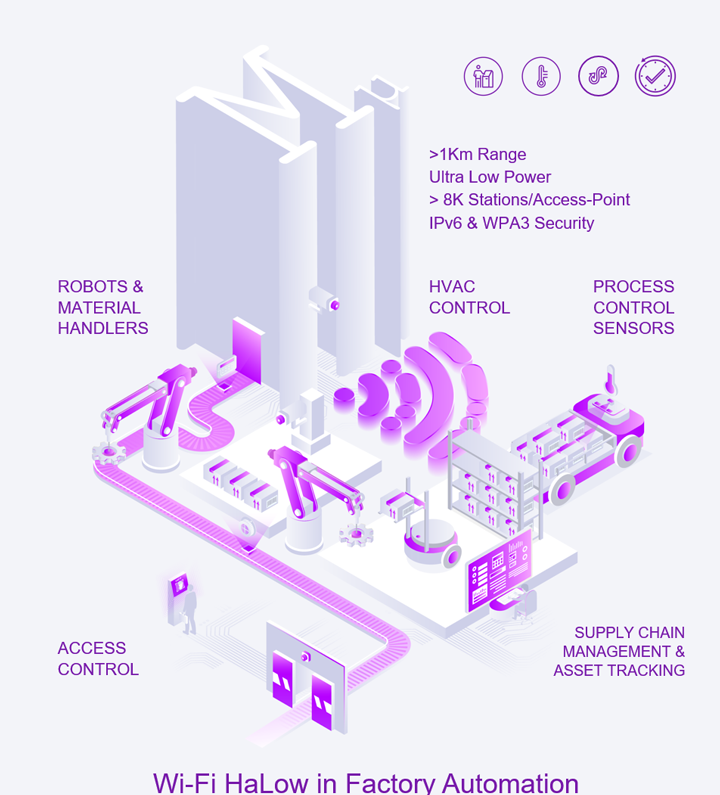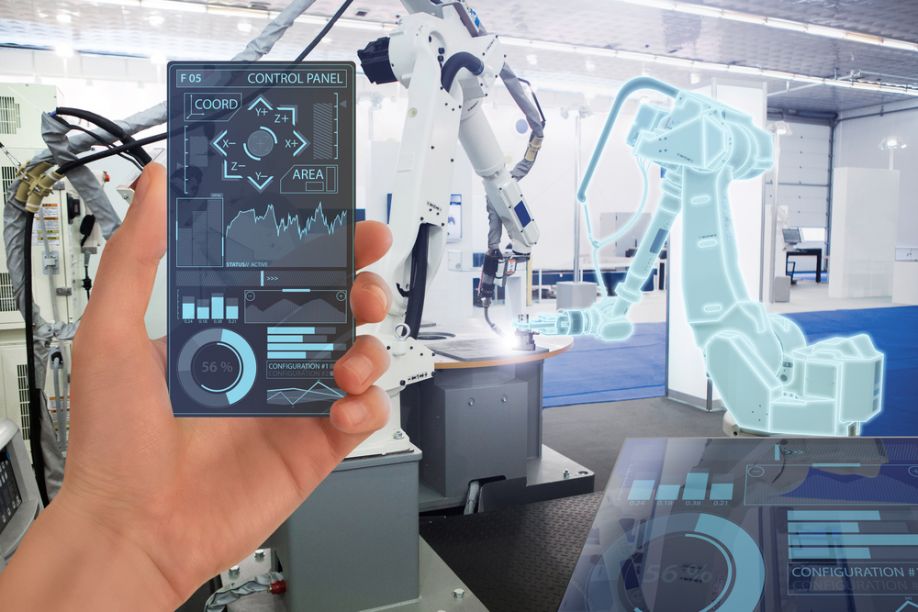IoT in Manufacturing: Seizing the Opportunities Amid Challenges
Now more than ever, manufacturers are integrating new technologies, such as IoT, cloud computing and analytics, and AI and machine learning into their production facilities and operations.
How IoT Will Elevate 8 Types of Equipment in 2023
A rising global population means a higher demand for goods and services. Companies find ways to increase production and quality control, such as through the Internet of Things.
Simplified CMM Inspection Provides a Flexible Approach to More Productive Quality Control
The simplified operator menu lists all the available inspection programs and the exact position the part should be placed on the machine table for inspection, giving operators the confidence to perform measurement tasks in just a few clicks.
Delivering IoT-Centric Factory Automation with Wi-Fi HaLow Technology
Assessing the health of capital equipment used to produce and move these goods minimizes cost repairs, downtime and outages. Businesses gain a big picture of the logistics chain using wireless sensors that provide data on the location of high-value cargo.
Getting used to the new normal with the IoT
As the country faces yet another surge of cases, manufacturers must do everything in their power to prevent outbreaks, keep their people safe and maintain operations. And the Internet of Things (IoT) can help manufacturers accomplish this lofty goal.
IoT for Small and Growing Manufacturing Firms
Operational benefits build efficiencies into the manufacturing process and strategic benefits build out new business models and revenue streams.
3 Revolutionary Advances in IoT Machine Learning
Manuel Nau for IoT Business News: Oracle is taking the IoT to a new level with the announcement that its IoT cloud service will now incorporate artificial intelligence and machine learning to provide clients with better business data insights than ever.
The Biggest Challenges of Data-Driven Manufacturing
Willy C. Shih and Helmuth Ludwig for Harvard Business Review: The widespread deployment of low-cost sensors and their connection to the internet has generated a great deal of excitement (and hype) about the future of manufacturing. The internet of things (IoT) and industrial internet in the United States, Industrie 4.0 in Germany, and 物è"网 (wù lián wăng) in China are all centered on the application of big data and analytics to creating the next generation of manufacturing: using data to reduce costs through next generation sales and operations planning, dramatically improved productivity, supply chain and distribution optimization, and new types of after-sales services. In fact, IoT is at the peak of Gartner’s 2015 hype cycle, which suggests the next phase will be disillusionment, and it will be years before we see real productivity gains.
We believe data-driven manufacturing is indeed the next wave that will drive efficient and responsive production systems. But to get beyond the hype, managers need to understand some underlying challenges and paradigm shifts. While there are a multitude of challenges on the road to successful implementation, we think there are four especially important ones. Cont'd...
Formerly the World's Most Wanted Hacker, Kevin Mitnick, Joins Keynote Lineup for East Coast's Largest Advanced Manufacturing Event
Through "Live Technology Magic Show," Mitnick to Demonstrate the Importance of Cyber Security Across Connected Manufacturing, June 16 in New York City
Jump Headfirst into Industrial IoT Projects with Moxa's 4G LTE Jump Start Kit
The new kit sharply reduces the cost and effort to connect industrial sensors and devices to cloud-connected databases and platforms
Industrial IoT Market Nears $132 Billion in 2020: Technavio
Pedro Hernandez for Datamation: The Internet of Things (IoT) is expected to have a major, efficiency- and productivity-enhancing impact on how manufacturers and other companies in industrial settings conduct businesses. A new forecast from market research firm Technavio paints a rosy picture for IT vendors that specialize in industrial IoT.
According to the analyst group, the market for industrial IoT software and services will reach nearly $132 in 2020. Between now and then, the market will expand at a compound annual growth rate (CAGR) of 7 percent.
In terms of demand, Technavio has identified the Asia-Pacific (APAC) region as the largest market for industrial IoT.
Last year, the industrial IoT market generated $38 billion in sales in the region, a number that will reach $54 billion in 2020. APAC countries are investing heavily, including South Korea, which plans to pour over $3.6 billion into the IoT by 2020. Cont'd...
Study Finds 34% of Manufacturers Do Not Track Asset Data
Smartware Group, Inc. and Technology Evaluation Centers, Inc. survey highlights missing link between maintenance practices, software capabilities
Industry 4.0: What businesses need to know
By Barclay Ballard for ITProPortal: In order for businesses to prepare for Industry 4.0, they first need to understand the technological driving forces behind it, including the Internet of Things. Although mainstream examples of IoT devices are relatively limited at the moment, in the future connected objects are expected to revolutionise a whole host of business sectors. In the same way that new manufacturing processes brought about huge upheaval during the Industrial Revolution, the Internet of Things is also predicted to bring wholesale changes to industry.
“The Industrial Internet of Things (IIoT) has been described as a crucial step in the Fourth Industrial Revolution or Industry 4.0,” explains Martyn Williams, managing director of industrial automation software expert, COPA-DATA UK. “Using IoT technology, organisations are developing smarter infrastructures and building connected networks across entire manufacturing processes.”
Some of the key changes predicted to emerge as the Internet of Things is adopted by industrial firms include the following: Cont'd...
MIT Professional Education's Online Course to Bring Latest Research on Internet of Things to Professionals
Led by MITs original architects of the Internet of Things (IoT), the new course addresses architectures, technologies and applications of IoT
Records 1 to 14 of 14
Featured Product

PI USA - High-Speed Hexapod for Nanopositioning
To meet industrial demands for higher dynamics, reliability and precision in 6DoF positioning systems, PI engineers came up with a new hexapod concept, based on direct-drive lever actuators. This new concept reduces complexity, improves performance, and minimizes wear.
Manufacturing and Automation - Featured Company

maxon group
maxon is a leading supplier of high-precision DC brush and brushless servo motors and drives. These motors range in size from 4 - 90 mm and are available up to 500 watts. We combine electric motors, gears and DC motor controls into high-precision, intelligent drive systems that can be custom-made to fit the specific needs of customer applications.

.jpg)
.jpg)







